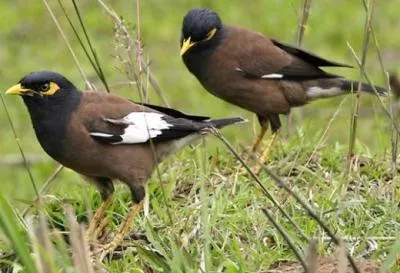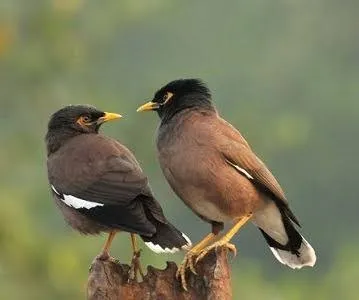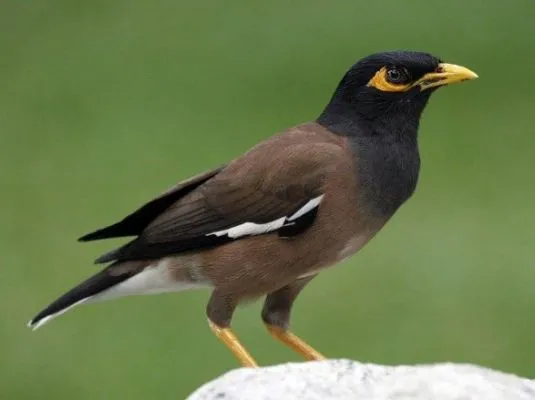



A bird familiar to the city and village in Bangladesh, rice shalik This bird is seen in many countries of South and Southeast Asia besides Bangladesh. Among the birds that can be heard in the beginning of the day is one of the most interesting. They can call and whistle in different ways. The color of this species is mostly brown in color. They have no rhythm like rosemary. The parts of the head and neck are black, the rest is black. Their wings have white color which is more visible during the flight. Men and women look similar to birds.
The conventional idea is to pair the couple for a lifetime. If the environment is not adversarial, then this bird usually lives in the same place. They make the nostalgia of the trees and the houses in the building blocks of the building. Their breeding season from March to April. Wife Shalik lays 4-6 eggs at a time, it takes 17-18 days to have a baby. They are learned to move within 22-24 days of birth.
Like all other species of shawl, this shalik is almost all-round.
Although not like Patimahana, they can imitate people's words and different words, so this shalik is celebrated as a bird talking.
The concern is that despite the increase in all the regions of the country and other regions of the world, but in the last few years, people in the Bagerhat region are being kept in a cage with a large number of young birds catching in the house, and this trend is increasing day by day. As a result, the number of birds in the Bagerhat region has been much lower than before. This species is preserved under the Wildlife Act of Bangladesh.